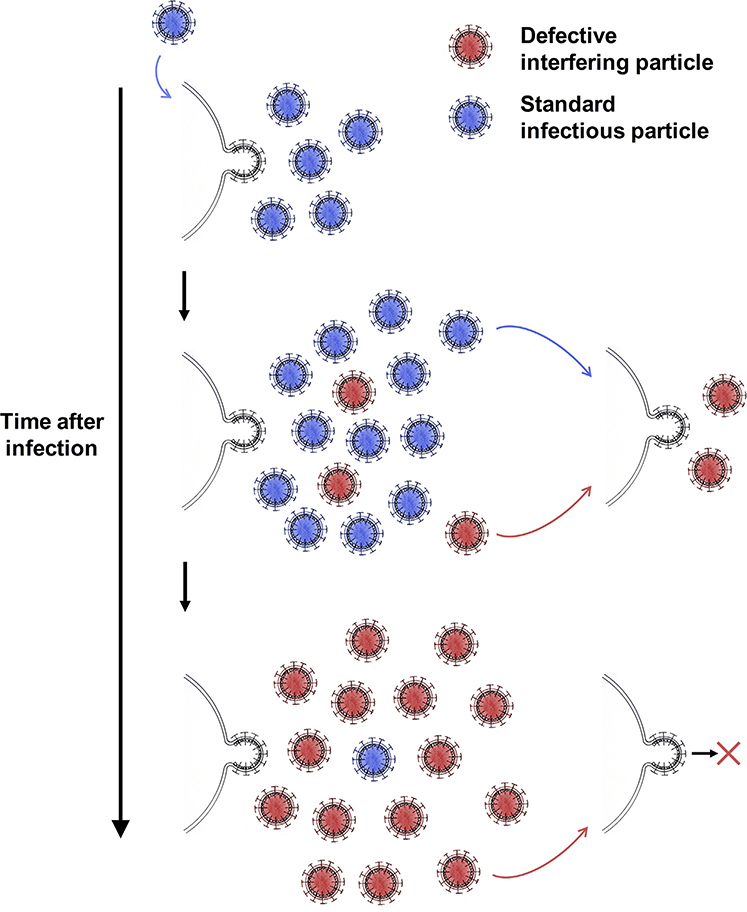Figure 1. A Model for the Generation of Defective Interfering Particles and the Outcomes of Infection of a Cell with Standard Virus Particles, Defective Interfering Particles, or Both.
A host cell infected with a standard virus particle will initially produce primarily standard infectious particles. Later, following the de novo generation of defective viral genomes, defective interfering particles will be produced. As defective genomes have a replicative advantage over standard genomes, they will begin to outnumber standard virus genomes. This will result in the cell producing primarily defective interfering particles. Once a defective interfering particle is released, it can infect other cells. A cell that is infected only by a defective interfering particle will presumably not produce defective interfering or standard virus particles. However, if an uninfected cell is infected with a standard infectious particle and a defective interfering particle, the defective interfering particle will block the production of new infectious particles. However, additional defective interfering particles may be produced in this setting.

